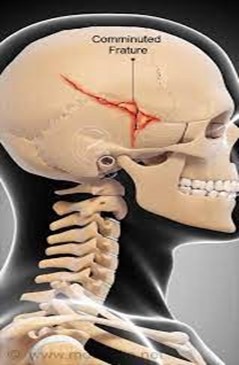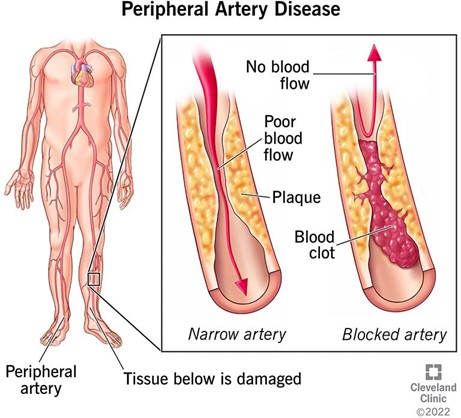A nurse is caring for a client who is receiving a blood transfusion.
The nurse observes that the client has bounding peripheral pulses, hypertension, and distended jugular veins.
The nurse should anticipate administering which of the following prescribed medications?
Diphenhydramine.
Furosemide.
Acetaminophen.
Pantoprazole.
The Correct Answer is B
“Furosemide.” The nurse should anticipate administering furosemide because the client’s symptoms of bounding peripheral pulses, hypertension, and distended jugular veins may indicate fluid overload.
Furosemide is a diuretic medication that can help reduce fluid overload by increasing urine output.
Choice A is incorrect because diphenhydramine is an antihistamine medication that is not used to treat fluid overload.
Choice C is incorrect because acetaminophen is a pain reliever and fever reducer that is not used to treat fluid overload.
Choice D is incorrect because pantoprazole is a proton pump inhibitor that is used to treat acid reflux and stomach ulcers, not fluid overload.
Nursing Test Bank
Naxlex Comprehensive Predictor Exams
Related Questions
Correct Answer is A
Explanation

A decrease in the Glasgow Coma Scale (GCS) score indicates a decline in the client’s level of consciousness and neurological function.
This can be a sign of increased intracranial pressure or other complications related to the skull fracture.
Choice B is incorrect because an increase in WBC count may indicate an infection, but it is not as concerning as a decrease in GCS score.
Choice C is incorrect because a change in pulse pressure may indicate changes in cardiovascular function, but it is not as concerning as a decrease in GCS score.
Choice D is incorrect because a change in pupil diameter may indicate changes in neurological function, but it is not as concerning as a decrease in GCS score.
Correct Answer is B
Explanation
The correct answer is: b. “I apply a lubricating lotion to the cracked areas on the soles of my feet every morning.”
Choice A reason: Elevating the feet for long periods is not generally recommended for clients with Peripheral Arterial Disease (PAD). This is because elevation can decrease arterial blood flow to the feet, which is already compromised in PAD. The goal is to promote blood flow to the extremities, and elevation might work against this, especially if done for extended periods.
Choice B reason: Applying a lubricating lotion to the feet, particularly on the soles where the skin can become very dry and cracked, is beneficial for someone with PAD. It helps to maintain skin integrity and prevent skin breakdown, which can lead to serious complications due to the reduced blood flow and healing capacity in PAD.
Choice C reason: Soaking the feet in hot water is not advisable for individuals with PAD. They may have reduced sensation in their feet due to poor circulation, which increases the risk of burns from hot water. Additionally, prolonged soaking can lead to maceration of the skin, making it more susceptible to injury and infection.
Choice D reason: Using a heating pad, even on a low setting, to keep the feet warm is risky for clients with PAD. Due to decreased sensation from poor circulation, there is a danger of burns because the client may not feel how hot the heating pad is. It’s better to wear warm socks or use room temperature control to keep the feet warm.

Whether you are a student looking to ace your exams or a practicing nurse seeking to enhance your expertise , our nursing education contents will empower you with the confidence and competence to make a difference in the lives of patients and become a respected leader in the healthcare field.
Visit Naxlex, invest in your future and unlock endless possibilities with our unparalleled nursing education contents today
Report Wrong Answer on the Current Question
Do you disagree with the answer? If yes, what is your expected answer? Explain.
Kindly be descriptive with the issue you are facing.
